This definitive guide describes the full spectrum of home care software. At the most basic level, every home care business needs to track their work (clients, caregivers, visits, billing, payroll), some accounting software (most agencies we work with use Quickbooks), and a way to be found (a website), so if you’re a home care start-up those are the pieces that you should focus on.
As agencies grow, they use additional software and more sophisticated software. Some vendors, like Ankota, have software that you can afford as a start-up and will support you as you grow to a multi-million-dollar agency.
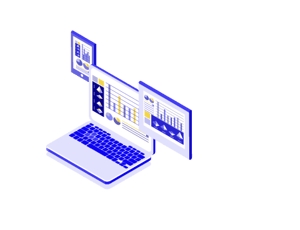 The main software needed for a home care agency is needs to track caregivers, clients, schedules, visit completion (for which the industry requires Electronic Visit Verification [EVV] , billing, and payroll. Those are the basics. Additional software is available (often in a single application) for expanded functionality like a client/family app, tracking sales (often referred to as CRM [Customer Relationship Management]), Human Resources (applicant tracking, skills, certification, training, and background checks). We will break it all down below:
The main software needed for a home care agency is needs to track caregivers, clients, schedules, visit completion (for which the industry requires Electronic Visit Verification [EVV] , billing, and payroll. Those are the basics. Additional software is available (often in a single application) for expanded functionality like a client/family app, tracking sales (often referred to as CRM [Customer Relationship Management]), Human Resources (applicant tracking, skills, certification, training, and background checks). We will break it all down below:
First off, most home care agencies call their customer clients as opposed to patients. In some specialty areas of home care like home infusion nursing care after a hospitalization, the term patient is used, but for the kind of home care that keeps the elderly and disabled living at home (as opposed to institutional care like nursing homes), the most common term is client. Here are the key features needed in client management: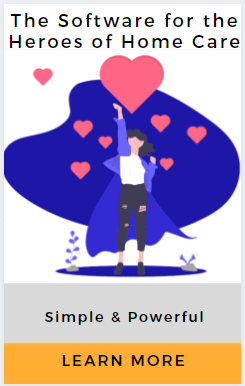
Similar in some ways to client management, home care software needs to track caregiver information, as follows:
.jpg?width=600&name=Untitled%20design%20(3).jpg)
Beyond the tracking the caregiver basics, some home care software has more extensive Human Resources (HR) tracking. Some features to look for here are as follows:
.jpg?width=600&name=Untitled%20design%20(4).jpg)
Here is a rundown of how home care scheduling works. The modes of scheduling required by an individual home care or home health care business will depend on the types of services that it performs
While we have tried to avoid acronyms and jargon on this page, it is important to learn about EVV, which is the acronym for Electronic Visit Verification. If you are learning about home care software for the first time, read on. But if you are already familiar with EVV and want to dive deep, please visit our Ultimate Guide to EVV <link>. Here is the high-level overview:
The Home Care Billing module calculates the pricing of the visits based on the service types and the duration of service and applied rounding rules <link to a rounding rules article>. There are a variety of billing approaches that are required based on the home care agency’s “payers.” Here are the key billing approaches: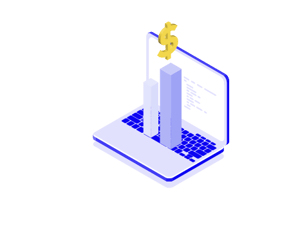
The calculation of payroll is like the calculation of billing. Most home care agencies use a service for processing their payroll and filing their taxes. Ankota provides this service, but most home care software providers do not. Some special considerations for home care payroll are as follows:
The more sophisticated home care software tracks remittance from the home care payers. The system will show Accounts Receivable (outstanding balances) by payer category and by care recipient. It will be depicted as current or overdue balances (usually 30 days. 60 days, 90 days and 120 or more days). There are 3 primary remittance methods:
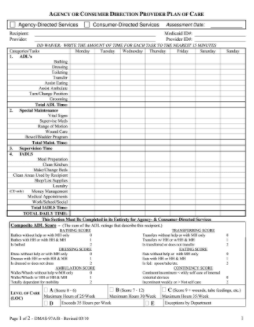
Although home care caregivers mostly work with care plans in the form of check lists, there are documents required as part of the client onboarding process and for initial and ongoing assessments and supervisory purposes. Since many agencies and states have made their own forms, a rich home care software solution will have a form builder.
Additionally, the home care software will have the ability to associate forms with clients and with visits. Another important feature is the ability to fill forms at the point of care in a mobile app, and for that app to work both online and offline.
Another important home care software feature is the ability to provide intelligent notifications to caregivers, office staff and even to clients. There are many notifications available in home care software. Here are a sampling of those notifications:
A study by Home Care Pulse <link to home care pulse> showed that agencies who track their prospective clients, where the leads came from, and reasons for losses make on average $600K more than those who do not. Home Care CRM software tracks the following:
All home care agencies should have a website and social media presence. The website should answer the following questions: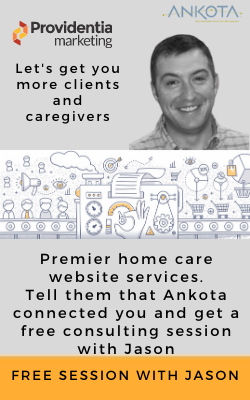
In addition to having a static website, you should consider having the following things:
Note that your website, email marketing and social media are not generally part of your home care agency management software.
Outside of the home care agency management, home care businesses should have accounting software. Most of the agencies we work with use QuickBooks. The key features of your accounting system are as follows:
Home Healthcare and Home Care are similar but different. In general, Home Healthcare agencies provide medical services (Nursing, Physical, Occupational and Speech Therapy) for up to 60 days to help them recover after a hospitalization. By contrast, home care is an ongoing service that enables elderly and disabled individuals to stay in their homes. Key features of home care software are as follows: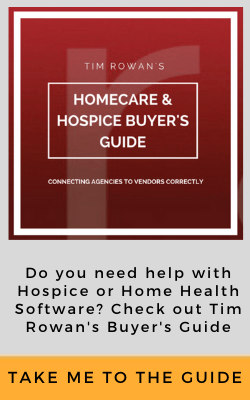
The software required for home health therapy is encompassed inside the home healthcare software described above, however there are also “standalone” therapy companies who provide physical occupational and speech therapy services as subcontractors to home health agencies. This requires a special form of billing and also the requirement to maintain different document sets for the different home healthcare agencies that they subcontract to.
Providing dialysis and other IV drug infusions in the home results in lower costs and less patient exposure to other diseases when compared to having the patients receive treatment in dialysis centers. Home infusion software needs to optimize driving routes for the therapists who administer the treatments. It must also coordinate with the specialty pharma to make sure that the compounded drugs and infusion pumps necessary for treatment are supplied.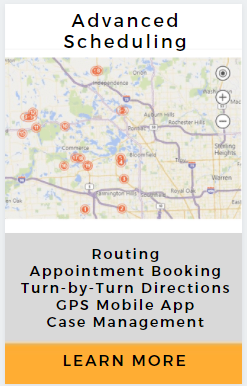
Durable Medical Equipment (DME) and Home Medical Equipment (HME) are similar terms. DME refers to specific pieces of equipment and HME is the family of services needed to deliver and train the equipment for home use. Most DME/HME businesses have a software package that tracks the equipment that they offer, the quantities on hand, reorder points for inventory management, plus the ability to take orders and bill for those orders.
Often DME/HME software needs to be supplemented by software that can track and optimize deliveries.
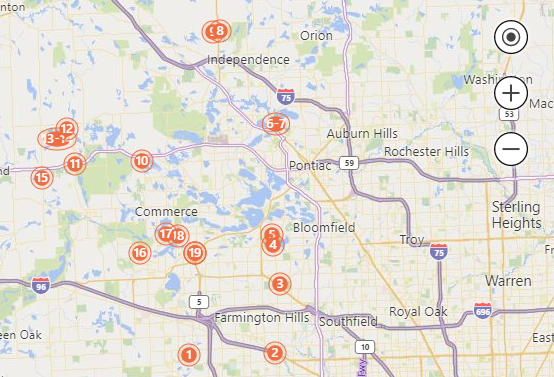
In normal times, supervisory personnel and/or on-staff nurses visit with their caregivers and clients on a regular basis for the purposes of supervision and periodic assessment. In order to keep those practices alive during the COVID crisis, telehealth is a great solution.
Additionally, there is a growing shortage of available and qualified caregivers that will only grow. As a result, the need to administer care remotely will grow correspondingly. Today’s seniors are growing in their ability to use technologies like apps, Facetime and Zoom. These factors lead logically to the use of remote patient monitoring and remote chronic care management.
Lastly and importantly, there are a growing number of reimbursable telehealth and remote care services that can be delivered by home care agencies.